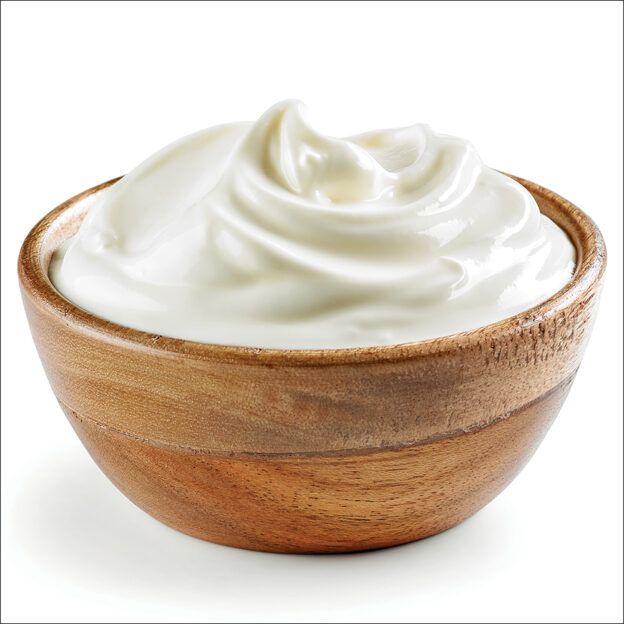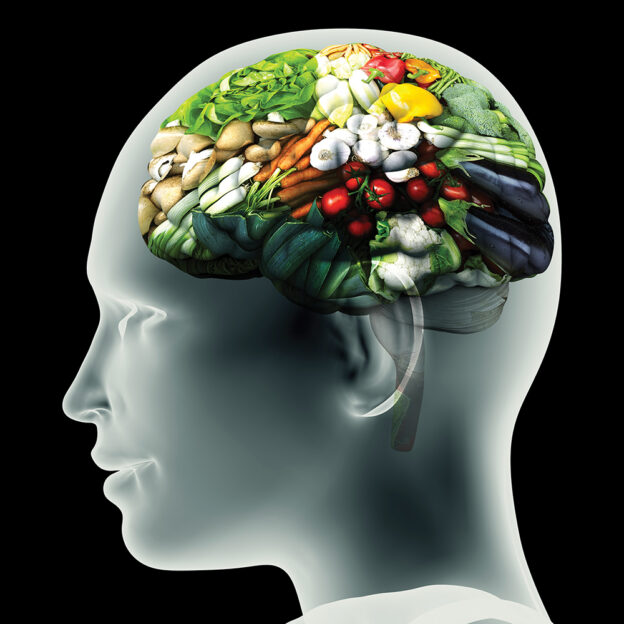
Andrew Saul, PhD, in his remarkable book Doctor Yourself: Natural Healing that Works, tells a remarkable story of recovery from mental illness based on a vitamin B supplement. Jim was a 21-year old patient whose parents brought him to see Saul for treatment. A psychiatrist had diagnosed Jim as schizophrenic. He acted so violently at times that the authorities expelled him from the state hospital—into the care of his parents.
Saul states, “Jim threatened his parents’ lives daily, punched holes in the walls, slept one hour per night, and the rest of the night roamed the city’s streets. His skin was scaly, and face broken out with acne. His dietary habits were appalling.” Saul felt helpless when he first faced Jim and his parents in his clinic. Fortunately, he said, “Jim was having a good day and wasn’t going to tear up the place.”
While observing Jim, Saul recalled that dermatitis, dementia, and diarrhea or gastro-intestinal difficulties were 3 signs of pellagra, a niacin deficiency disease. Jim seemed to exhibit those symptoms. Saul then remembered the work of Abram Hoffer, MD, a Canadian psychiatrist. Hoffer had cured “a vast number of psychotic patients with megadoses of niacin and vitamin C.”
Saul told Jim and his parents about Hoffer’s approach, and explained that niacin deficiency causes psychosis as well as skin and gastro-intestinal problems Jim was experiencing. Hoffer’s program often involved about 3,000 mg of niacin along with 10,000 mg of vitamin C each per day. His parents agreed to try, and Jim said that he would take the supplements.
Jim, Saul cautioned, might need more niacin than the average person based on what he was experiencing. Hoffer’s dosage recommendations were not high, but at these doses, niacin has a “profound calming, sedating effect.” Saul noted that the safety margin is huge, because niacin is a nutrient, not a drug. Hoffer sometimes prescribed as much as 20,000 mg a day depending on severity of the case.
Niacin, which is also known as vitamin B3, does have mild side effects: skin flushing and redness or itching shortly after ingestion usually in the neck and face, which is the result of the capillaries expanding due to a niacin-related blood flow increase. Physicians often prescribe niacin for lowering the unhealthy form of LDL cholesterol. The flush from niacin can be diminished almost to non-existent by a volume of food taken just before or with the supplement. Supplementing with niacin can also change liver function tests, especially if there is alcoholism involved. That is why Hoffer combined the 10,000 mg of vitamin C with the dosage of niacin.
Hoffer found that physicians often, “confuse the elevation of liver function tests with underlying liver pathology, but this is wrong. It merely means that the liver is more active. And such changes can be prevented by taking some lecithin as well twice daily.” Hoffer also noted that people cannot take so much niacin as to hurt themselves, because they would become nauseated first. Saul added that the RDA of 20 mg/day of niacin is low. He illustrated by saying that the RDA for niacin is 20 or more times higher than the RDA for other B vitamins pertaining to a healthy person, which shows how important it is. Hoffer gave immensely higher doses, and they worked.
Jim’s Dramatic Turnaround
Again, Hoffer had noticed in the 1950s that patients with psychosis frequently had assorted pellagra-like symptoms. Pellagra was common in the rural South of the US where those on low-income ate mostly the amino-acid-tryptophan-poor foods such as milled corn. Tryptophan is found in protein foods such as turkey, and the body obtains small amounts of niacin from metabolizing the amino acid. Saul: “Other symptoms of pellagra include weakness, anorexia, lassitude, indigestion, skin eruptions, skin scaling, neuritis, nervous system destruction, confusion, apathy, disorientation, and insanity. Does this sound a bit like schizophrenia to you?”
Hoffer and his colleagues found pellagra to be a vitamin deficiency and schizophrenia to be a vitamin dependent condition. Hoffer stated that “No toxicity has ever been shown for humans” with niacin. It would take about 375,000 mg/day of niacin to be fatal. The highest dose Hoffer used for psychosis was 20,000 mg/day. Most physicians give patients 2,000-5,000 mg/day of niacin to lower LDL cholesterol.
Saul advocated for Hoffer’s protocol of 20,000 mg niacin along with 10,000 mg vitamin C for Jim. The young man’s mother asked, “How will we know if that’s enough niacin?”
“If his behavior is better, that’s enough,” Saul said.
The trio left Saul’s office, and two weeks later Jim’s father called for a follow-up conference. “Let me tell you what happened,” he said. “You know, Jim was only sleeping maybe an hour a night? Well, the first night on the niacin he slept eighteen hours. He’s been sleeping about seven hours a night since.”
Then, he continued. “Last Friday morning, for the first time in I don’t know how many years, Jim came down for breakfast. He walked into the dining room and said, ‘Good morning, Dad.’”
Weeks later, Jim came into Saul’s office alone. He told Saul the niacin had worked, and that he’d stopped taking it. Jim said that he “sort of liked” his illness. Some people do. They back away from the cure. Then Jim said, “Whenever I get too far gone, though, I soak in a hot bath for a while and down a bottle of niacin. Then I feel fine.”
Saul ends his story with Jim by writing, “A whole bottle of niacin? …If that’s what he did, it seemed to work.” []
—Scott Miners
—Adapted from Doctor Yourself, by Andrew Saul, PhD, “Schizophrenia and Psychosis,” page 248, Basic Health Publications, Inc., 2nd ed, 2012, basichealthpub.com
See also Thoughts, Attitudes & Your Health





